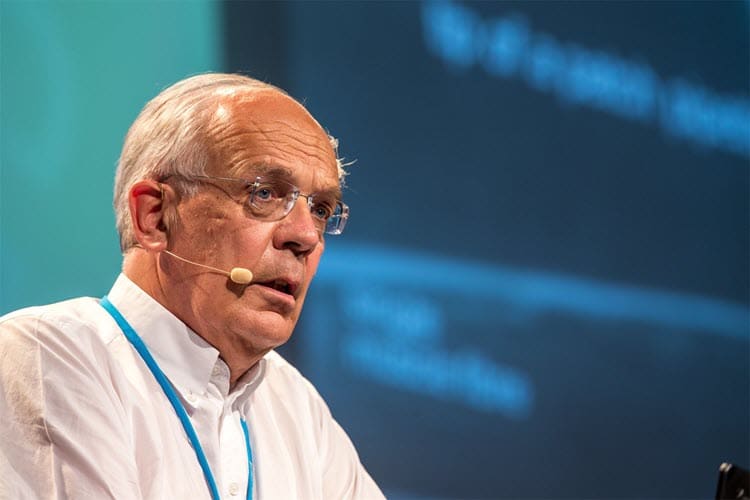Bert Sakmann is a German cell physiologist. He was awarded the Nobel Prize in Physiology or Medicine in 1991, jointly with Erwin Neher.
Life and Career
He was born on 12 June 1942 in Stuttgart, Germany. He pursued his higher studies at the University of Tübingen, where he earned his bachelor’s degree in physics. His thirst for knowledge and passion for scientific exploration led him to pursue a doctoral degree in biophysics, which he obtained in 1969.
Following his doctoral studies, Sakmann began his research career at the Max Planck Institute for Medical Research in Heidelberg. It was during this time that he started investigating the electrical properties of cell membranes, specifically ion channels. His groundbreaking research focused on understanding the mechanisms underlying the functioning of these channels and their role in cell communication.
In the early 1980s, he joined forces with Erwin Neher, a fellow scientist, to develop a revolutionary technique called the patch-clamp method. This technique allowed researchers to directly observe and measure the electrical currents flowing through individual ion channels. The patch-clamp method became a fundamental tool in the field of neuroscience, enabling scientists to unravel the intricacies of cellular signaling and contribute to our understanding of various diseases.
Sakmann’s contributions to science did not stop there. His research extended to studying synaptic transmission, the process by which signals are transmitted between neurons. He made significant discoveries regarding the release of neurotransmitters and the molecular mechanisms underlying synaptic plasticity. His work shed light on how the brain processes information and paved the way for further exploration in the field of neurobiology.
Award and Legacy
He was awarded the Nobel Prize in Physiology or Medicine in 1991, jointly with Erwin Neher for their work on “the function of single ion channels in cells,” and the invention of the patch clamp.
His legacy encompasses his dedication to education and mentorship. Throughout his career, he played a pivotal role in training and inspiring numerous young scientists, nurturing the next generation of researchers. His passion for sharing knowledge and fostering scientific curiosity created a ripple effect that continues to shape the field of neuroscience.
Sakmann’s contributions to science and his commitment to advancing our understanding of the human brain have left an indelible mark. His research findings continue to influence and inspire scientists around the world, serving as a catalyst for further discoveries in the realm of neuroscience and cellular physiology.

